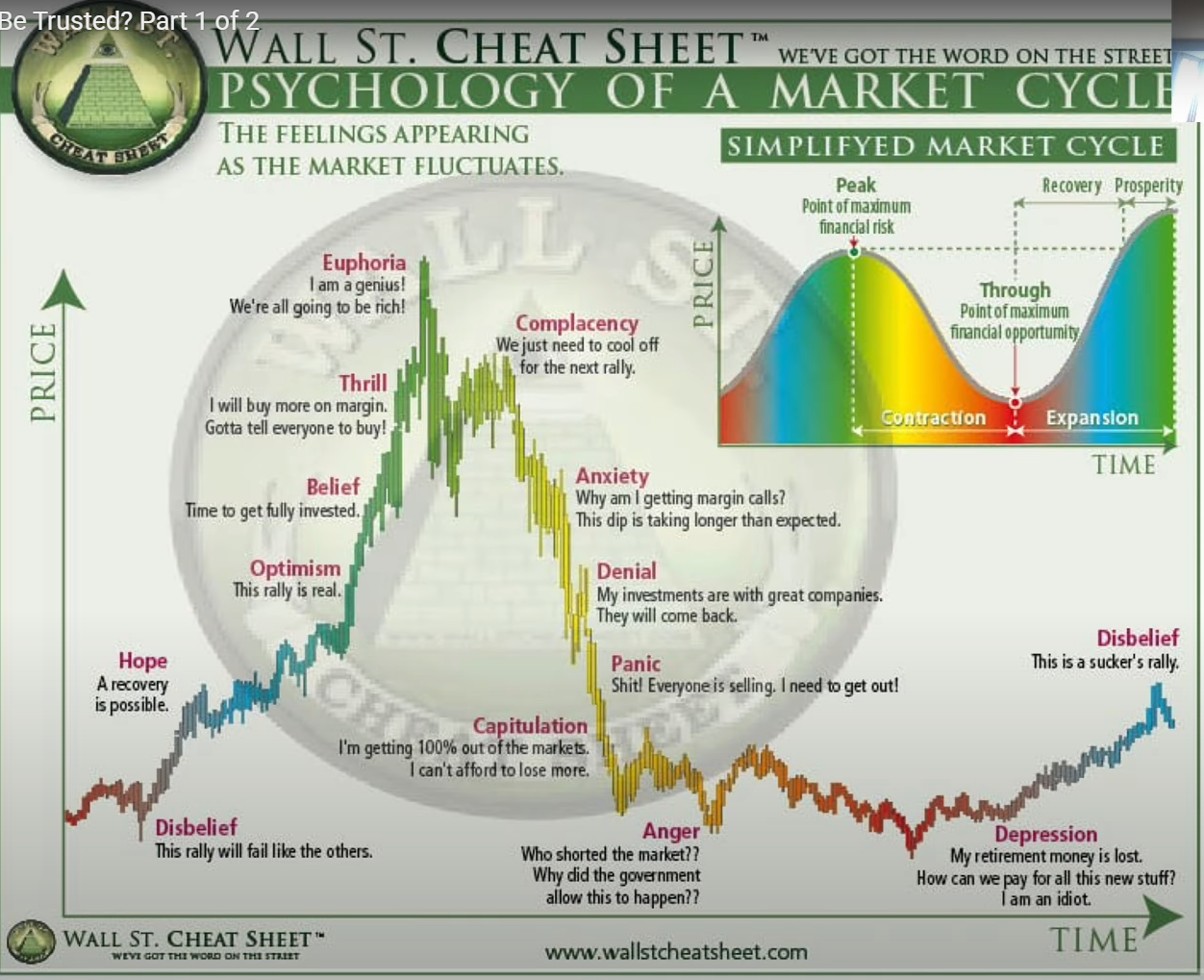Week of Oct 21, 2022 Weekly Recap & The Week Ahead
Monday, October 24th, 2022“It is not the strongest or the most intelligent who will survive but those who can best manage change.” – Charles Darwin
1. Home Construction Fell 8.1% in September — new home construction fell 8.1% in September, a sign that higher mortgage rates continue to cut into buyer demand and depress new building. Housing starts, which measure the beginning of construction on a new home, fell to a seasonally-adjusted annual rate of 1.44 million in September, 8.1% below the revised August estimate of 1.56 million and 7.7% below the September 2021 rate, according to Census Bureau and Department of Housing and Urban Development data released today. Consensus estimates gathered by FactSet had anticipated homes to have been started at a rate of about 1.47 million.
2. Fed’s Beige Book Says Businesses Expect Economy to Weaken — the Fed’s 12 regional reserve-bank districts said business contacts noted “growing concerns about weakening demand,” according to the central bank’s latest compilation of economic anecdotes from around the country, known as the Beige Book. Businesses reported that price pressures remained elevated through early October with some cost increases moderating. “Declines in commodity, fuel, and freight costs were noted,” the report said.
3. U.S. Home Sales Dropped for Eighth Straight Month in September — Sales of previously owned homes declined 1.5% in September from the prior month to a seasonally adjusted annual rate of 4.71 million, the weakest rate since May 2020, the National Association of Realtors said Thursday. September sales fell 23.8% from a year earlier. Existing-home sales have dropped 27% from their recent peak in January as the Federal Reserve’s actions to increase interest rates have pushed many prospective home buyers out of the market.
Some buyers no longer qualify for mortgages at current rates, while others have stepped back from the market due to broader uncertainty about the economy, real-estate agents say. Many current homeowners have mortgage rates below 4%, and some prospective sellers are opting to stay put rather than sell their homes and buy new ones with higher borrowing costs.
4. US Budget Deficit Plunges to $1.38 Trillion as Pandemic Aid Unwinds — The deficit for the fiscal year through September narrowed to $1.38 trillion, from a revised $2.78 trillion the previous year, according to US Treasury Department data released late last week. The deficit reduction came even after the Treasury accounted for President Joe Biden’s move to forgive a swath of student loans. The department said loan modifications had a $430 billion impact on the month of September, a sharp increase from the $137 billion recognition of such costs in September 2021. The Treasury said that it didn’t anticipate further such large-scale hits to the budget from the loan-forgiveness move in subsequent months.
FISCAL 2022 FISCAL 2021
Revenue $4.896 trillion $4.046 trillion
Outlays $6.272 trillion $6.822 trillion
Deficit $1.375 trillion $2.776 trillion
Deficit as % of GDP 5.5% 12.3%
The week ahead — Economic data from Econoday.com:




